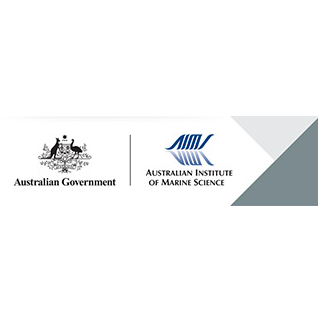Brief description
Fish, benthic and bêche-de-mer surveys were conducted in the Coringa-Herald National Nature Reserve (CHNNR) from the 28 March to 2 April 2003. Five of the six islets and cays in the Reserve were surveyed. These were NE and SW Herald, Coringa (also known as South West Islet), Chilcott and SE Magdelaine. Restrictions were placed on diving, due to the remote location of the Reserve and surveys were limited to depths of around 9 metres. Four sites were sampled on each reef and sites were distributed so as to include the major habitats, reef fronts, back reefs and reef flanks. Species level data and crude abundance estimates of the benthic communities were obtained using a rapid visual assessment protocol (RAP). Video transect surveys were used to obtain more rigorous abundance estimates of biota at a finer taxonomic resolution.Species composition data and crude abundance estimates of the fish communities were obtained using a timed swim, rapid visual census method. Visual census transects provided more rigorous density estimates of a select group of species and a solid baseline for future monitoring surveys.Thirteen species of Holothuria (bêche-de-mer), crown of thorns starfish (COTS) and giant clams (Tridacna gigas) were surveyed on the reef flat and back reef of each reef. Reef flats were surveyed on snorkel, along transects. The back reef was surveyed using manta tow.SCUBA searches, along transects, were used to provide information on numbers of COTS in defined size classes, COT scars, Drupella (a coral eating snail) and other sources of coral mortality including coral bleaching and coral disease. Two temperature loggers were also deployed in the NE Herald Cay lagoon. This research was undertaken as part of a monitoring program, which will be used to determine the effectiveness of management practices within the National Nature Reserve. Where possible, comparisons were to be made with the two previous fish and coral surveys conducted in the Reserve. The Coringa-Herald National Nature Reserve (CHNNR) is one of two protected areas in the Coral Sea region. The Reserve is located some 400 kilometres east of Cairns, Far North Queensland. It was proclaimed on the 16th August 1982 under the National Parks and Wildlife Conservation Act 1975. The Coringa-Herald National Nature Reserve and Lihou Reef National Nature Reserve Management Plan states that both reserves are to be managed as strict nature reserves - World Conservation Union (IUCN) category Ia. Such reserves are primarily for scientific research to ensure habitats, ecosystems, and native species are preserved in as undisturbed state as possible. The reserves also form part of the National Representative System of Marine Protected Areas (NRSMPA).Lineage
Maintenance and Update Frequency: notPlannedNotes
CreditSweatman, Hugh PA, Dr (Custodian)
Modified: 17 10 2024
text: westlimit=149.0; southlimit=-17.1833; eastlimit=150.5; northlimit=-16.3833
Marine surveys undertaken in the Coringa-Herald National Nature Reserve, March - April 2003: Oxley WG, Ayling AM, Cheal AJ and Thompson AA (2003) Marine surveys undertaken in the Coringa-Herald National Nature Reserve, March - April 2003. Australian Institute of Marine Science. 53 p.
local : articleId=6525
- global : 3e341df0-e8e5-11dc-a1f0-00008a07204e


